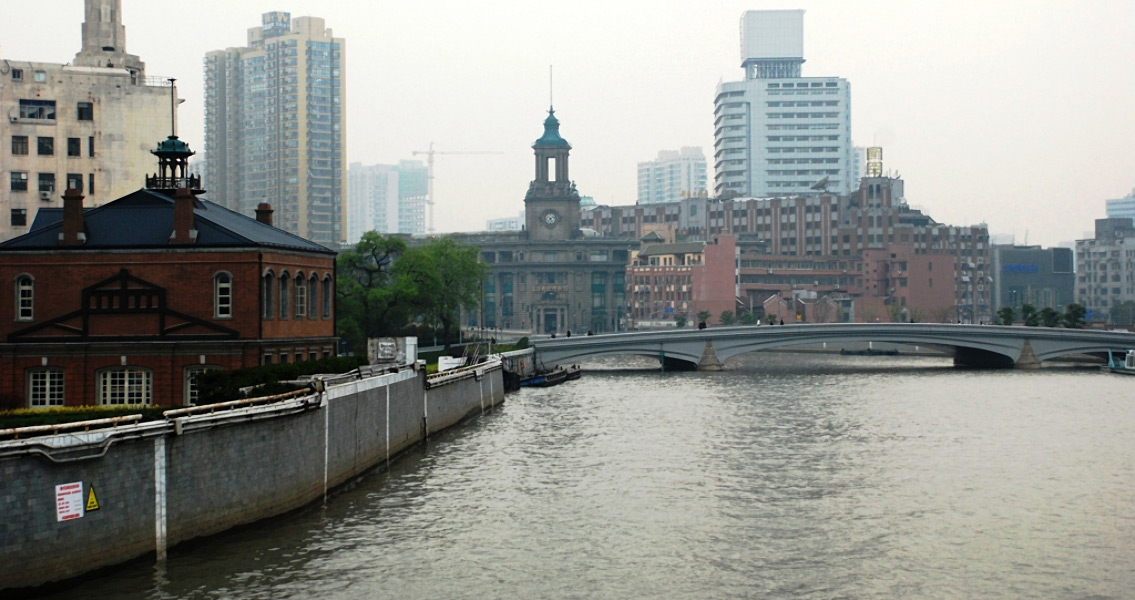<![CDATA[ Archeologists working in suburban Shanghai have unearthed findings that show the shipping center was a Maritime Silk Road trading hub over 1,000 years ago. The findings were discovered in the ruins of Qinglong Town in the Qingpu District of Shanghai and include 6,000 porcelain artifacts and hundreds of thousands of porcelain fragments that originated from Fujian, Jiangxi, Zhejiang, and provinces in south China. The artifacts date back to the Tang (618-907) and Song (960-1279) Dynasties. Today, the Maritime Silk Road, which is officially designated the Twenty First Century Maritime Silk Route Economic Belt, refers to a strategic initiative by the Chinese to increase investment and improve collaboration between users of the historic Silk Road. Director of the archaeologist institute at the Shanghai Museum, Chen Jie, who led the excavation team, said in a press conference: "After comparison, we found the unearthed porcelain goods from Fujian at the Qinglong ruins were very similar to those discovered in the Korean Peninsula and Japan. This shows the porcelain was transported to Qinglong from south China kilns and then exported to the Korean Peninsula and Japan by sea." The unearthed porcelain also confirms historical records that indicate Qinglong Town played the role of a port on the maritime Silk Road. At the site, archeologists also discovered a Buddhist tower foundation constructed between 1023 and 1032. Under the foundation they discovered a mysterious box which contained a statue of the founder of Buddhism, Sakyamuni, along with a number of ancient coins. Excavation of the ruins is ongoing, and Shanghai also intends to apply for state heritage protection status for the site. During the early Qing Dynasty (1644-1911) Qinglong town (azure dragon town) was once surrounded by sweet wormwoods and located along the main road connecting the historic economic powerhouse Shanxi province with Inner Mongolia. The town prospered after troops participating in a rebellion left a cache of military supplies in the home of a family named Wang, as they were fleeing Beijing. Extensive records regarding Qinglong town were discovered among other historical Shanghai documents prior to the site being unearthed during a project to dredge the river during the late 1980s. According to local folklore, the leader of the Wu Kingdom constructed warships known as Green Dragons at the port there and then used them to defeat the Wei Kingdom during the Three Kingdoms Period (220-280 CE). Suzhou Creek, as the river is known today, was called Green Dragon River, or Qinglong River at the time. Between the seventh and twelfth centuries, Qinglong town was a port connecting the Yangtze River and the East China Sea and would have exported numerous ceramic works. As the river filled with silt, causing the estuary to shift east, Qinglong town’s strategic location was gradually lost, causing its decline starting in the fourteenth century. The town center also moved eastward, and gradually grew into what is today modern Shanghai's old city center. ]]>
Findings Show the Maritime Silk Road is Far From a New Idea
